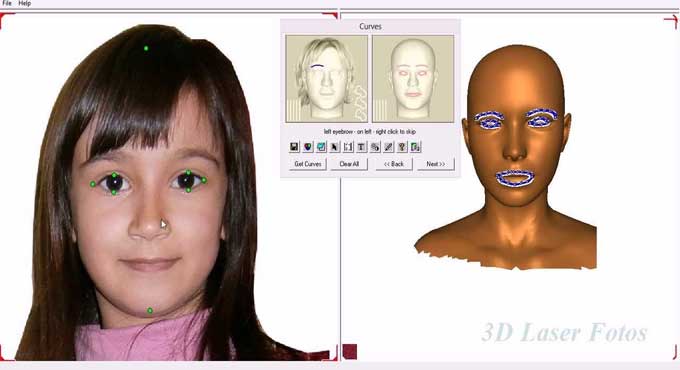Converting the 2D image into a 3D model

Your best designs will come to life thanks to 3D printing, and you can now create interactive 3D models from 2D photographs, yes you have read that right! You can 3D print something if you have a picture of it converted into a 3D model. You may create a 3D model from images using a number of efficient methods.
This article provides an overview of various methods for transforming 2D photos into 3D models. Keep in mind that the source footage plays a major role in the effectiveness of any of these options. There isn't a single answer that works for all situations. We will provide you with some useful tips based on our experience to help you construct the most effective shooting.
You can complete the entire procedure on your own, from the filming to the final decision regarding the 3D printing materials. Don't be alarmed; you can seek some assistance from a designer to get a 3D printable file if you really have no idea how to utilize 3D modeling software.
List of tools for your help
Extruding software:The picture you are going to use in your 3D model will be a 2D file, which means that you will only be able to manipulate it along two axes in order to use it.
In order to create new geometry out of selected components, you can use the extrude tool in order to add a third axis to your geometry. With this tool, you will be able to add volume to your 2D model by using a specific algorithm that calculates the volume. The tool can be found in most CAD software programs.
Smoothie 3D tool: Smoothie 3D may be the simplest way to turn your 2D images into 3D models. This free online resource changes the game for this genre. You may make a straightforward digital model online using just one image that resembles the kind of outcome you would get from a scan or photogrammetry.
Well, if you can reproduce symmetrically your 2D image, then you'll be able to get a 3D model that appears surprisingly like your 2D image. You will probably need to use another software to make an asymmetrical model with a lot of details, however, if it is going to be an asymmetrical model with a lot of details.
Lithophane concept: A lithophane is a way to 3D print a photo using the thickness of the print to show different shades of grey, some will be dark while others will be brighter when illuminated from behind.
Once your model is generated, you will have to slice your models. In order to slice the model, you will have to choose slicing software, to create a layer and guide your 3D printer. To get a good 3D-printed lithophane, it is not recommended to use an FDM printer, the layer height might not be good enough.
Turning a single picture into 3D models
First off, how well and how many images you take will affect the outcome of your model; the more photos you take with a higher resolution, the more detailed your 3D model will be. You don't have to be a skilled 3D artist or designer; anyone can create a good 3D character or object and print it with only a little practice and effort.
You'll discover that 3D printers can bring your best images to reality. With the use of 3D printing technology, you can design whatever avatar or model you like. You can also use screenshots from video games to build CAD models. Anything is conceivable. We divided the answers based on how many photos you had already taken to create your 3D file.
Turning a few pictures into 3D models
People frequently ask us for advice based on 10 or 20 photographs. For instance, if you want to make an avatar of, say, your grandpa, you start by asking for images. You attempt to find a good portrait of him, a photo of him relaxing in the garden, a photo of him playing with your children, etc.
When you feel like you have collected enough data, you start looking for an automatic way to create a 3D model using all of these varied photos that were shot at various times, with various devices, etc. There isn't, which is unfortunate.
To learn more, watch the following video tutorial.
Video Source: Blender Daily
Because this situation calls for a very particular secret sauce and its creativity. The images must be mentally organized before you can sculpt your model using the measurements and information you can gather from the images.
Making a model from images like these requires a lot of time. Therefore, the only way to achieve an ideal result is to translate numerous images into a highly accurate digital design. When it happens, you'll be able to create an engaging model with excellent print quality.



